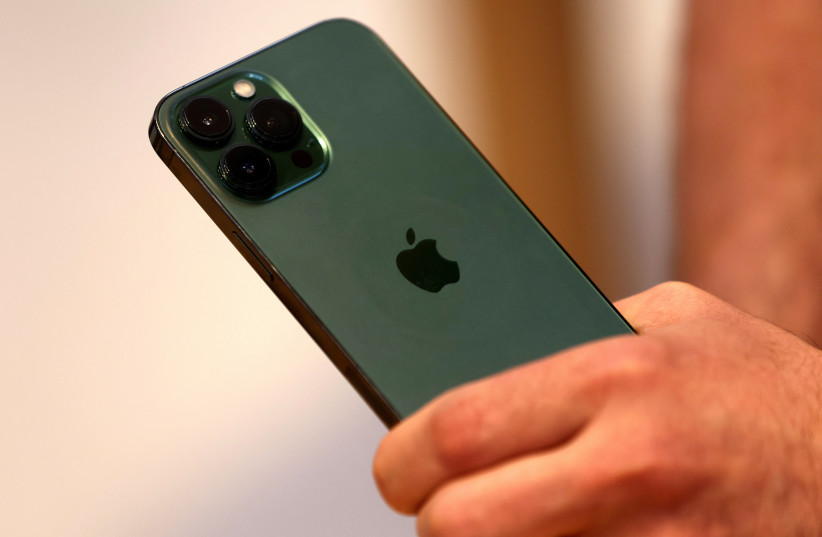We’re entering an era of significant change. But do we have the right “mashup” of devices, services and networks to make it work?
Just like the iPhone turned the Internet into a mobile experience, the metaverse will disrupt the Internet as we know it. Some real-estate developers think we’ll even have dedicated spaces in our homes for the metaverse, further cementing its potential influence.
Amdocs’ research of 1,000 consumers found that gamers will likely be at the front lines of this evolution. Around a quarter of gamers thought the metaverse would transform how we work, and almost 40% felt it would let people connect in fun, new and exciting ways.
Moreover, I believe we’ll see more unique possibilities in consumer and enterprise areas, where companies can create a more human interaction and experience. Indeed, the metaverse has the potential to be as important as we see email or social media today. But first we’ll need to tackle hardware costs, network readiness and more.
This new dawn, where devices, connectivity and services come together with a hyper-intelligent network to support it, will make areas like dedicated 5G and future-ready devices essential. This is more than the responsibility of any single party, but a collaboration across many, including communication service providers and IoT developers.

How do we prepare for the future?
Much like the needs of the enterprise consumer – someone working from home on a typical home broadband environment who requires the same level of service and capabilities as if they were in the office – I believe the industry will look at in-home connectivity packages to guarantee the bandwidth, security and functionality that allow use cases like the metaverse to thrive through dedicated connectivity. This can be through fiber, broadband or even dedicated 5G networks.
Our research found that a vast majority (78%) of gamers are willing to pay at least $10 for cloud gaming if they could ensure a bundled, dedicated 5G connection as an add-on to their gaming subscription. Almost half of these respondents (44%) would pay more than $20 for this service.
As the metaverse grows over time, this can be a critical growth opportunity. The communications industry needs to look at these disruptive times to provide the right services within the home. Expect to see new operational capabilities, private enterprise networks and the deployment of edge resources for low latency to ensure a consistent experience.
On the device side, the industry will have to focus on meeting separate use cases under one roof: remote work, the metaverse, streaming, etc. There is an important role to play here because they must ensure their devices can integrate into this ecosystem and prioritize tasks where necessary.
Intelligent routing will be critical to better managing connected hardware and related mobile software applications more efficiently, giving consumers more control on what should be prioritized.
Connected device leaders and communications service providers have more than a pivotal role here. The future of the metaverse hinges on creating the right environment – both in the home and on the network.
The writer is the chief marketing officer at Amdocs.
